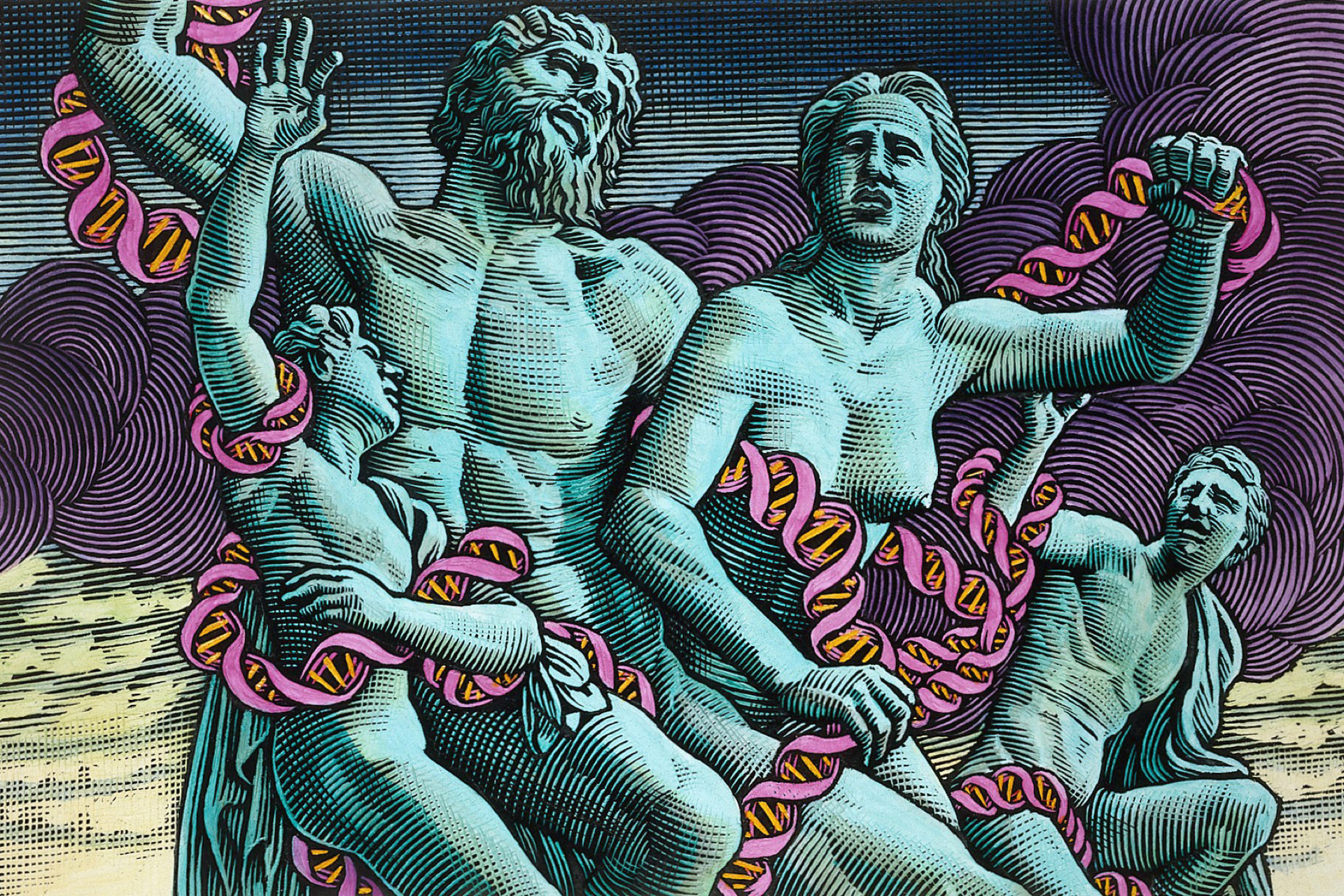The American states of Minnesota and Oklahoma are both in the process of passing legislation that will criminalise certain embryonic stem cell (ES cell) research procedures.
The Minnesota bill, which has passed committee readings in both the state's House of Representatives and Senate, seeks to ban SCNT (somatic cell nuclear transfer). The bill, which has been led by Republican Senator Michelle Fischbach, is entitled 'The Human Cloning Prohibition Act of 2011' but critics say it fails to distinguish between therapeutic and reproductive cloning. A proposed amendment that would clarify the definition of the term 'human cloning' was blocked by Republicans in the Senate.
In Oklahoma, a bill that would make it illegal to conduct ES cell research that results in the destruction of the embryo, and prohibits the buying, selling or transferring of embryos for research, has passed through the House with a majority of 86 votes to eight. House Bill 1442, led by Republican Representative George Faught, is now going through the Oklahoma Senate, and its supporters are hopeful for a smooth passage, particularly given that Mary Fallin, a Republican, was elected Governor last November. Two years previously, a similar bill had been vetoed by a Democrat Governor, Brad Henry.
Democrat Representative Jeannie McDaniel has expressed concerns over the commercial impact of the bill. A study released in February 2011 by the Greater Oklahoma City Chamber showed that the biosciences contributed US$6.7 billion to the economy and generated 51,000 jobs. McDaniel attempted to introduce an amendment to the bill allowing for embryos that are destined to be destroyed to be used in research, but the amendment failed.
Sources and References
-
Mercury News editorial: Minnesota, Oklahoma researchers should consider California move
-
Proposed cloning ban roils supporters of stem-cell research in Minnesota
-
The (Minnesota) clone wars: Is there a scientist in the House (or Senate)?
-
Oklahoma House passes bill banning embryonic stem cell research
-
Stem cell research ban advances; hollow rhetoric wins out
-
Proposed human cloning ban renews debate over stem cell research at UMN






Leave a Reply
You must be logged in to post a comment.